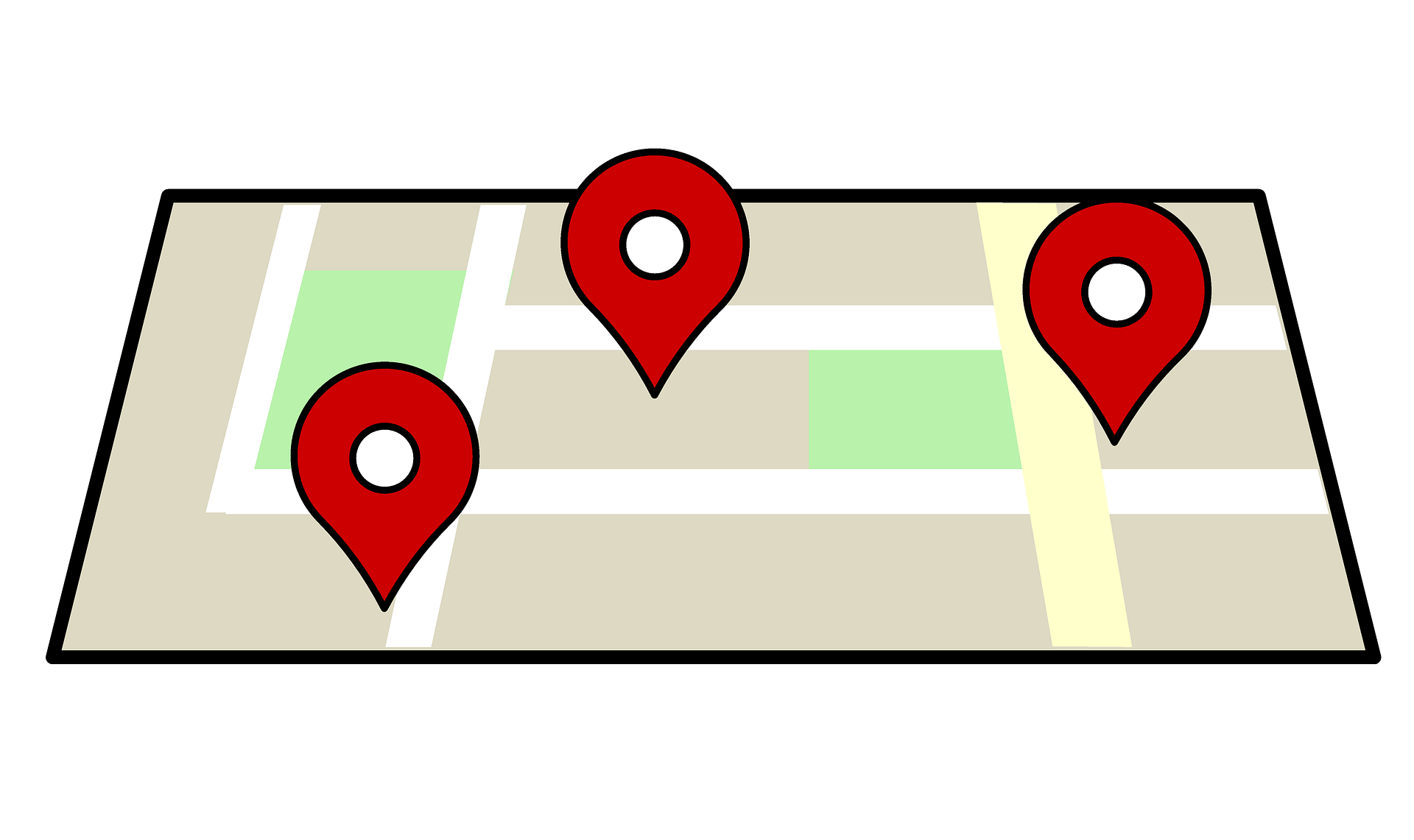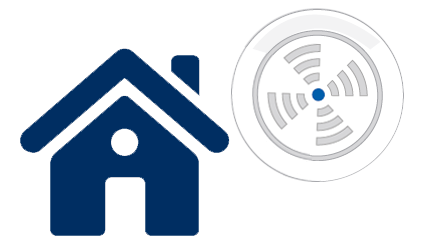Carbon Monoxide
Carbon monoxide, also called CO, is a toxic gas that you cannot see or smell.
CO CAN BE DANGEROUS IN YOUR HOME!
You may be exposed to unsafe levels of CO by:
-
Using poorly maintained or improperly vented fireplaces, woodstoves, heating equipment, ovens, water heaters or other appliances;
-
Using a gas stove, grill, or oven to heat the home;
-
Running a generator, charcoal grill, camp stove, or other gasoline or charcoal burning device inside your home, basement, or garage or near a window.
-
Cooking with a charcoal or gas grill inside the home or other enclosures.
WATCH FOR SYMPTOMS OF POISONING
Breathing CO can cause headaches, dizziness, weakness, nausea, vomiting, chest pain, and confusion.
If CO levels are high enough, you may become unconscious or die.
Seek medical help and get outside to fresh air if you think you may have CO poisoning and are feeling dizzy, light-headed, or nauseous.
WHAT CAN YOU DO?

Install a battery-operated CO detector in your home and check or replace the battery when you change the time on your clocks each spring and fall. If the detector sounds leave your home immediately and call 911

Make sure all fuel-burning appliances, fireplaces, and wood stoves are properly vented

Have your heating system, water heater and any other gas, oil, or coal burning appliances serviced by a qualified technician every year
Only use generators outside, more than 20 feet away from your home, doors, and windows
 Never use a generator, grill, camp stove, or other gasoline or charcoal burning devices inside the home, basement, or garage or near a window, door or vent
Never use a generator, grill, camp stove, or other gasoline or charcoal burning devices inside the home, basement, or garage or near a window, door or vent
 Do not use a gas cooking range, grill, or oven to heat your home
Do not use a gas cooking range, grill, or oven to heat your home
 Do not run a car or truck inside a garage attached to your house, even if the garage door is left open
Do not run a car or truck inside a garage attached to your house, even if the garage door is left open
 Do not burn anything in a stove or fireplace that isn’t vented
Do not burn anything in a stove or fireplace that isn’t vented

















